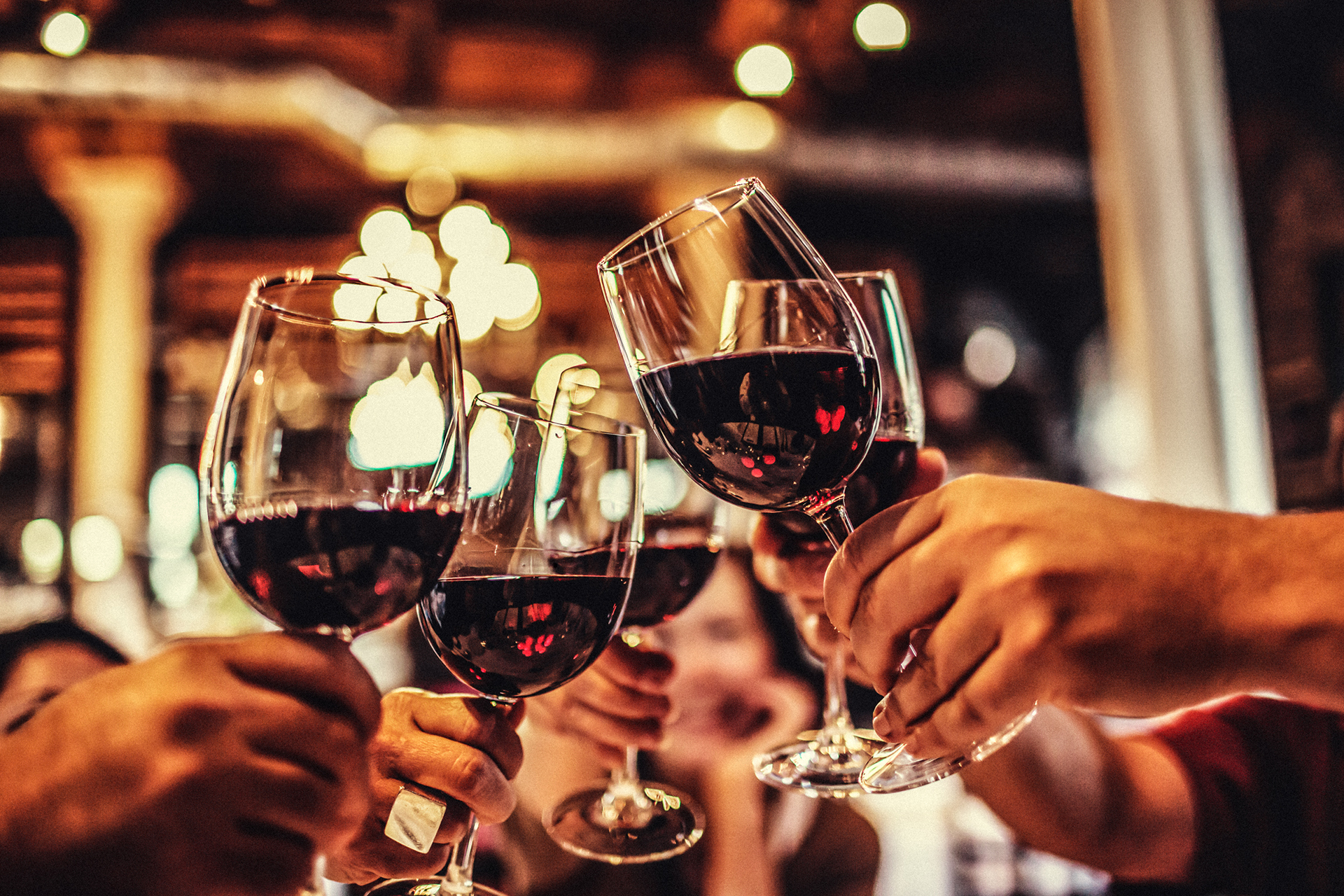The Not-So-Basics Of Burgundy

By Kylie Monagan of Calissa Restaurant
Like a pilly sweater that endures winter after winter, a go-to coffee order at the corner deli, or a special “friend” that you find yourself texting on those cold nights, Burgundy can be reliable, comfortable, and familiar. Another metaphor to consider: like pizza (and other things often compared to pizza), a glass of Burgundy is always good but, when it’s great, it can be magical.
The white wines, made exclusively from Chardonnay, are classically paired with buttery dishes (roast chicken, sole meuniere, pot pie), rich seafood (scallops, crab, Barbounia, lobster, monkfish), and umami vegetable dishes (wild mushrooms, cauliflower, fennel).
Called the world’s most flexible food wine for its high acidity, medium body, low tannins, and medium alcohol, red Burgundy Pinot Noir is ideal for sharing in a restaurant among friends ordering many different types of entrees. Naturally, rich and umami-forward dishes like duck, truffle, and mushrooms are perfect with these wines. The queen bee of the Pinot Noir world endures because it is light, elegant and complex, but not so in-your-face that it obliterates everything but a massive steak.
As Gerald Asher once said, “Bordeaux is a hierarchy, whereas Burgundy is a democracy.” Napoleonic Code, which did away with a single heir system, instead mandates that a vineyard is split equally among all heirs. Democratic? Sure. Confusing? Absolutely. Imagine if Joseph Phelps was split among 80 different winemakers, each legally able to call themselves Joseph Phelps, but differing wildly in production and fermentation methods.
Here are some of our favorite regions in Burgundy:
Chardonnay: Meursault
A classic Meursault is akin to licking a marshmallow while smelling a vanilla bean: it is rich, decadent, and powerful. Though the French oak characteristics certainly differ from the American sort, California Chardonnay fans will find a lot to love in these wines compared to their more austere cousins to the south.
Chardonnay: Chablis
The black sheep of White Burgundy, Chablis is actually closer to the Champagne region of France than to Burgundy. Similar to Sancerre, Chablis’s soil was once home to an ancient seabed that gives the wine notes of salt and fossilized aquatic life.
Pinot Noir: Gevrey
Chambertin
The gold standard for red Burgundy wines, these wines have the characteristics of a classically dressed country Frenchman; elegantly rustic and smelling of smoke.
Pinot Noir: Fixin
More intensely powerful than most other Burgundies, Fixin (pronounced Fissin) is our favorite for either a village-level table wine or a finessed Premier Cru. With notes of inky pomegranate, gamey charcuterie, and sensual violet flower, this wine was made for the winter dinner table.









